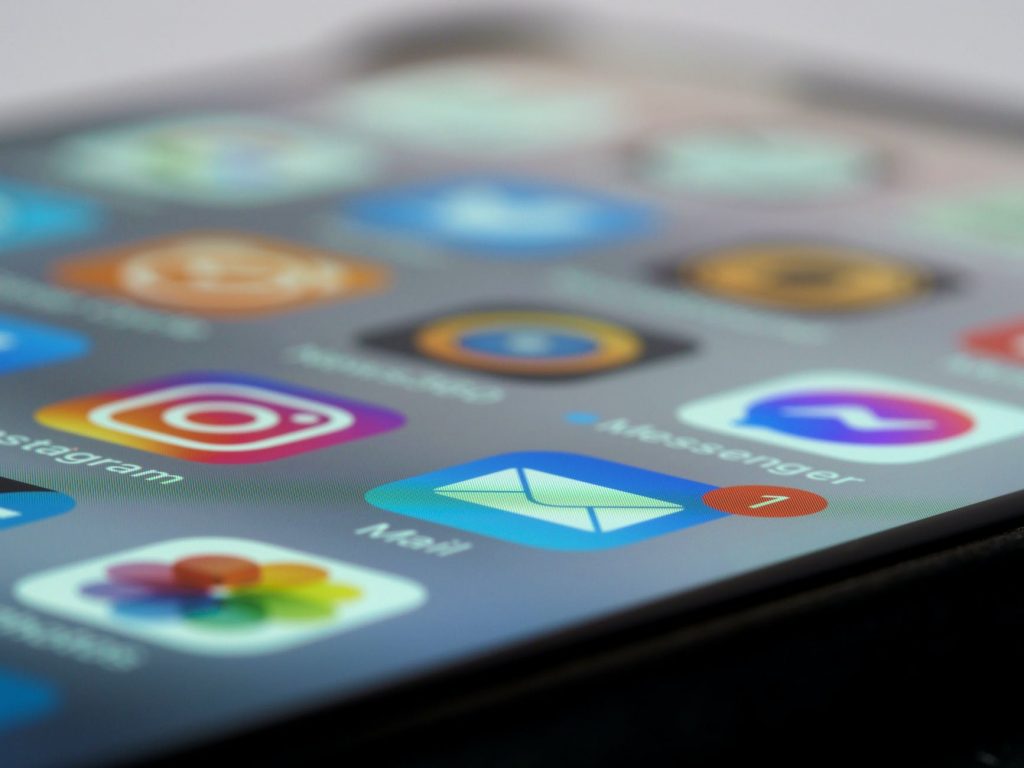Can you imagine a home without electricity? It’s such an essential component of modern life, but it’s only been with us for a little over a century! Famed American statesman and inventor Benjamin Franklin (the only president of the United States who was never president of the United States) courageously demonstrated that lightning bolts were electrical in nature back in 1752 with his key and kite experiment. People at that time couldn’t possibly fathom that one day their descendants would no longer have to light the oil lamp’s flame when darkness fell, they would just flip a switch to turn on the lights, hopefully with no flames involved!
These days we kind of take electricity for granted, we barely think about it until it’s time to pay the power bill or something goes wrong (the flames!) and we have to call our trusty electrician in Seven Hills to come get the lights back on for us! Considering how much we rely on electricity, most people probably aren’t aware of how it all came about, so let’s find out!
The first documented historical mention of electricity goes way back to 500 B.C. when Thales of Miletus learned about static electricity from rubbing fur on amber. His reasons for doing so were not recorded, but it must have seemed like a good idea to him at the time. Fast forward to two thousand years later in the 1600s when William Gilbert, an English physician and physicist, published his book De Magnete which contained the first scientific theories regarding electricity. Experiments and Notes about the Mechanical Origin or Production of Electricity published in 1675 by English chemist and physicist Robert William Boyle and famed for its very lengthy title, was the next major text discussing electricity. It is unknown whether or not the English employed any fur and amber rubbing in their experiments.
In the early 1700s some decades before Benjamin Franklin’s kite flying experiment, Francis Hauksbee, an English scientist, crafted a glass ball that glowed when rubbed (!) while conducting experiments with electrical attraction and repulsion. The rubbing produced a glow bright enough to read by, a discovery that would one day lead to neon lights a few centuries later making modern bars and taverns possible.
We will now zip ahead to September of 1882, when a humble home in Appleton, Wisconsin, USA came to be the first American house to be powered by hydroelectricity using the direct current (DC) system that Thomas Edison developed. There were two competing camps debating whether direct current (DC) was superior to alternating current (AC). Thomas Edison championed DC while his competitor George Westinghouse carried the flag for AC. There was a bit of a battle over it which we sadly don’t have time to relate here, but it’s all right since most people probably don’t know the difference between the two anyway. In any case, AC won out and has been the standard in homes around the world ever since.
So, the next time you flip on the light switch you can thank the great amber and fur rubbers of yesteryear for making it possible!


